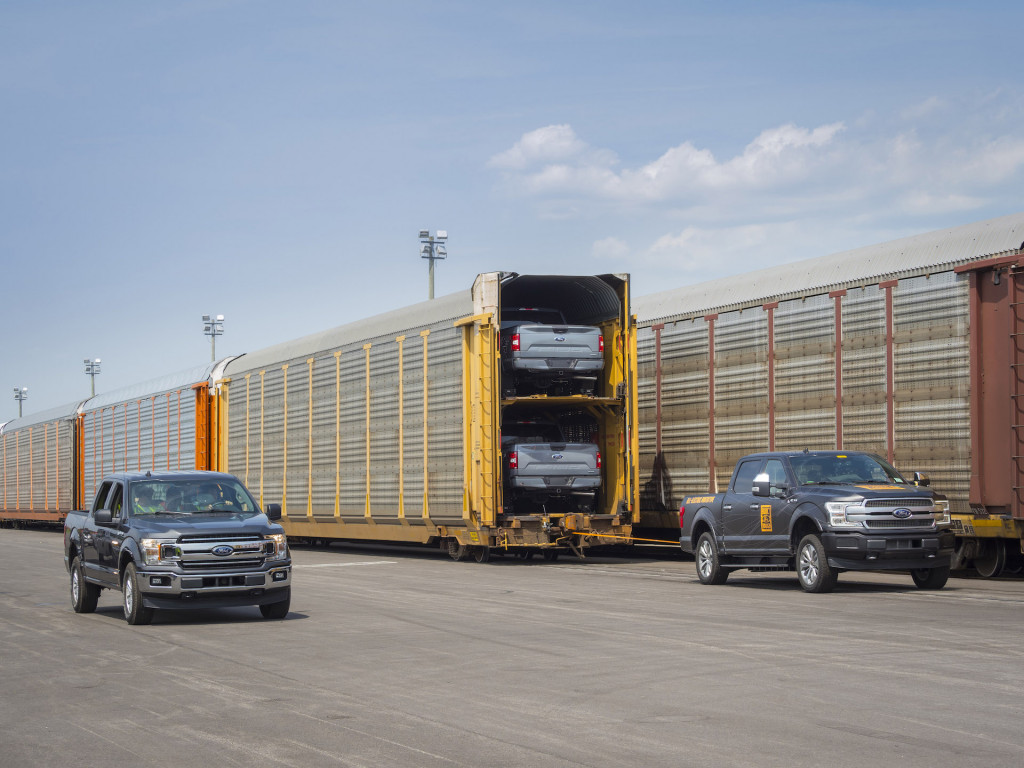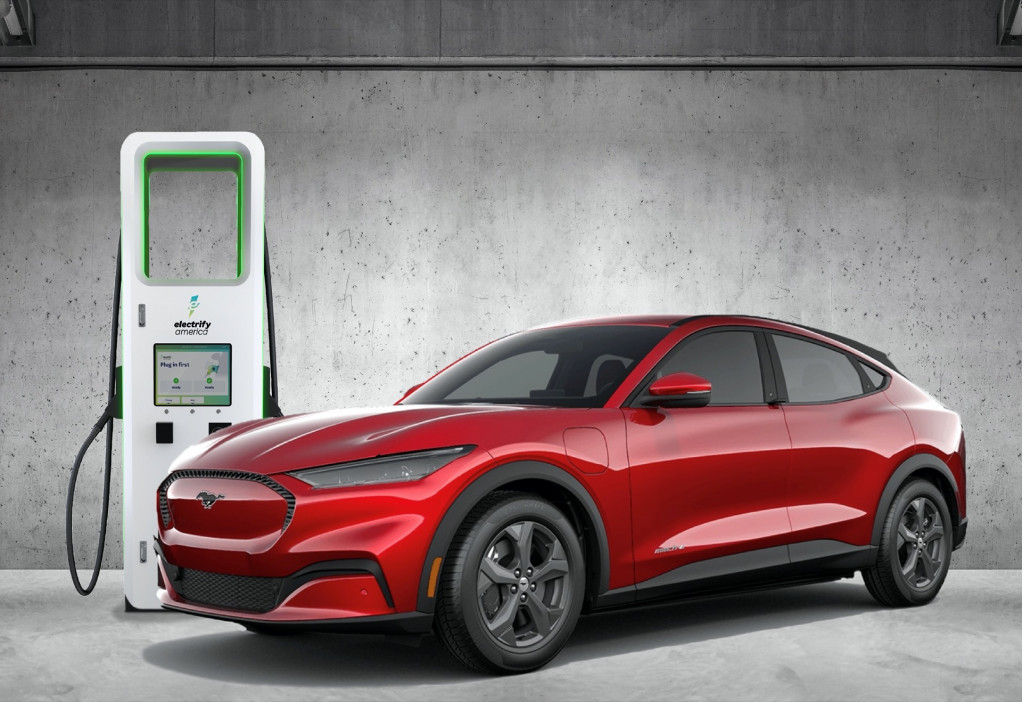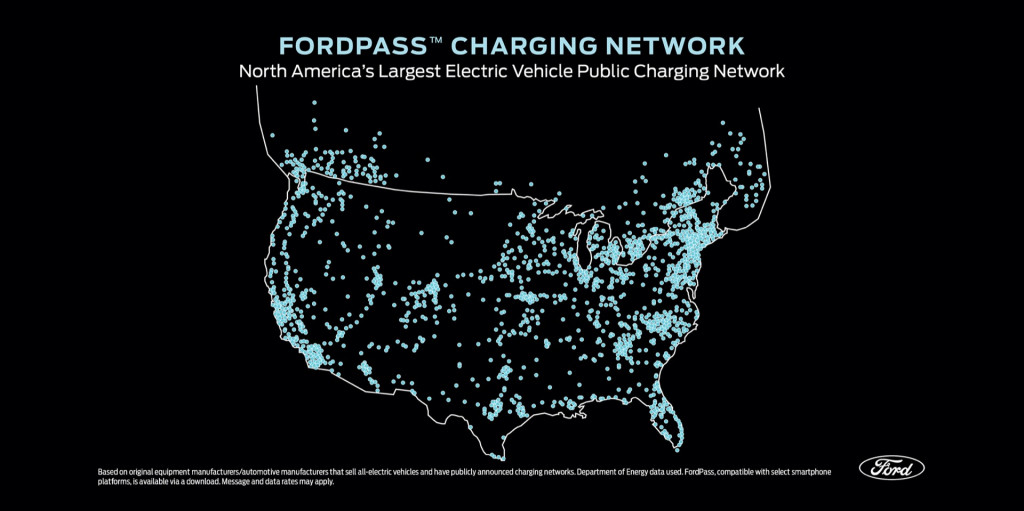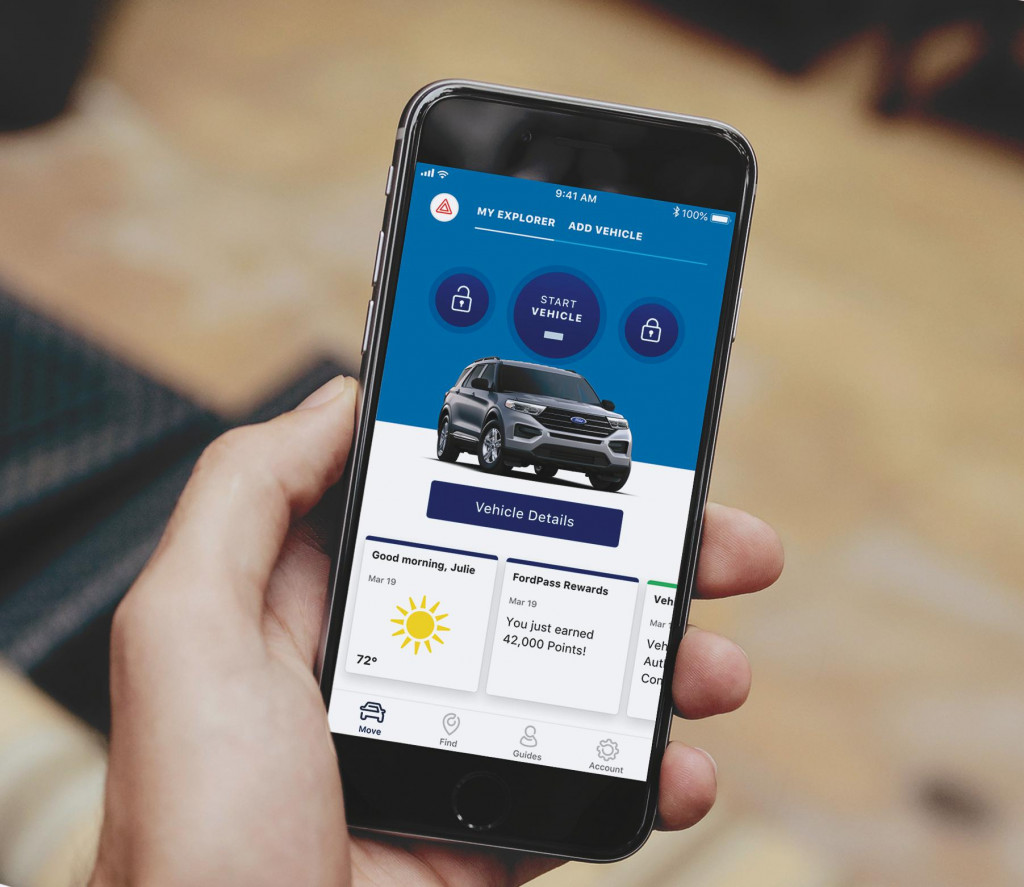With the release of tech details for the long-awaited 2021 Ford F-150 Hybrid—and the rest of a redesigned lineup of F-150 trucks Thursday—Ford has passively sketched out much about its future for electrified trucks.
And that includes the F-Series Electric that’s due in 2022.
The reveal of F-150 Hybrid details tell us a lot more than a 2019 teaser when the all-electric prototype pulled 10 double-decker rail cars adding up more than a million pounds, a distance of 1,000 feet.
That stunt demonstrated the potential for multiplying torque from electric motors through gearing. That’s it.

Ford F-Series electric truck prototype

Ford F-Series electric truck prototype

Ford F-Series electric truck prototype
The 2021 F-150 Hybrid comes with a new PowerBoost badge, as well as a combined fuel economy rating that Ford is suggesting will be in the vicinity of 23 mpg, plus a tow rating expected to be about 12,000 pounds.
With the hybrid in place, where does that leave the electric F-150?
Although Ford might not necessarily go after the Tesla or Rivian crowd directly, its decision to produce a hybrid F-150, and to focus the F-150 Hybrid on capability—versus chasing mpg numbers—gives the F-150 Electric a lot more flexibility to go for some of the efficiency crowd, and the people who already understand plugging in.
Physically, expect the F-150 Electric to look much like the other F-150 models, but with an exclusive grille of its own and perhaps a bit more aero work. Expect the battery to be between the frame rails and all or mostly behind the cab, so as to preserve all the functionality of the other models.

2021 Ford Mustang Mach-E at Electrify America fast charger
This is one case where it needs to be a big battery. If Ford wants to sell personal users who are often located far from interstates and major metro areas—and not just fleets—on the idea of going electric, it needs a highway range of at least 300 miles empty.
Why? Because F-Series buyers have shown to be heavy users of their trucks for towing and hauling. If towing near peak capability cuts the range in half, getting 120-150 miles to the next fast charger seems the minimum.
Expect a two- or three-motor layout, and DC fast-charging at or better than the Mach-E SUV’s 150 kw. In helping map out charging locations for the Mach-E ahead of time, as part of a coordinated, single-billing-line network it’s calling FordPass, it’s also doing some essential legwork that will help the model be a success with charging newbies.

FordPass network - May 2020

FordPass Home Screen

FordPass Power My Trip functionality
By the time the F-150 Electric arrives, it will have to compete with trucks from Tesla, Rivian, and GMC-Hummer, as well Lordstown Motors—and perhaps others, if the level of success and a strong economy again turn investors giddy.
The F-150 Electric will be made in Michigan, at Ford’s Dearborn Truck plant, alongside the F-150 Hybrid and other F-150 models.
Ford’s F-150 Electric project predates the reveal of the Tesla Cybertruck. While it will never reach the level of hype seen over the Tesla beast from the future, it serves to remember some early consumer-behavior polling results—such as those from Autolist showing a strong preference for an electric truck from GM and Ford among those who had owned a pickup before.
The F-150 has been a best-seller for so long—nearly 40 years—partly because it’s a known quantity that will be reliable, capable, long-lasting, and relatively simple to fix. The F-150 Electric has to be true to that as a starting point—and then show the direction for the next 40.
